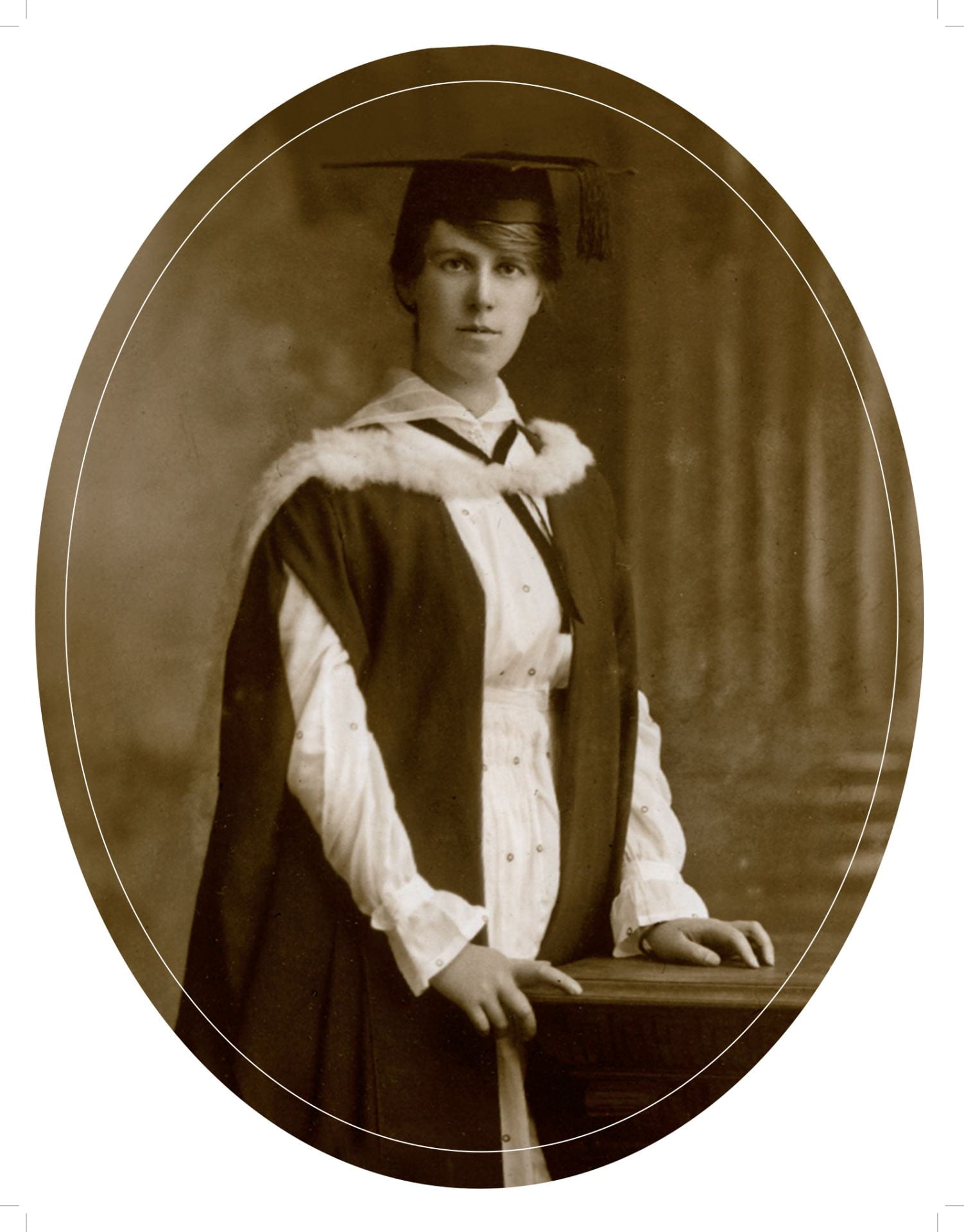
The Early History of Philosophy at the University of Melbourne
Not long before lockdown began, a display case documenting episodes from the history of the University’s Philosophy program was mounted on Level Four of the North Wing of the Arts West building at our Parkville campus. Since it will be some time before we can return to campus physically, we’ve decided to bring this display online.
Some of the text below has been adapted from C.A.J. Coady, ‘Melbourne, University of’, in A Companion to Philosophy in Australia and New Zealand (Monash University Publishing, 2014) and Karen Green, ‘Australian Women Philosophers’ in The Antipodean Philosopher (Lexington Books, c2011–c2012). With gratitude for their research.
Professor Margaret Cameron, Head of School of Historical and Philosophical Studies
Academic philosophy, which provides the home for almost all contemporary philosophy, effectively began its Australian life in Melbourne where the first lecturer in Logic was appointed at the University of Melbourne in 1881. The appointee was the Scottish-born journalist, Henry Laurie, who shortly afterwards (in 1886) became the country’s first philosophy professor at the University. Nothing so vulgar as advertising the position had been considered by the University and the procedure by which Laurie slipped smoothly into the Chair aroused some controversy.

R. Boyce Gibson succeeded Henry Laurie as Chair of Philosophy in 1911, introducing the influence of European philosophers Hegel, Bergson, Husserl and Euken, as evident in Gibson’s The Problem of Logic (1908), written with the co-operation of Augusta Klein. He was replaced by his son Alexander in 1935. The father-son Gibson reign lasted 54 years from 1911 to 1965. Their influence extended to the early 1970s, when the younger Gibson was still teaching Jean-Paul Sartre at Monash University.
The University of Melbourne became an outpost of the new philosophical revolution associated partly with logical positivism and, more significantly, with the later Wittgenstein. A primary influence in this development was the arrival of G.A. (George) Paul in 1939 from Wittgenstein’s Cambridge. Wittgensteinians Douglas Gasking and A.C. (‘Camo’) Jackson joined the department in the late 1940s and in the early 1960s the latter became the second chair to be appointed to Monash.
Paul not only brought the new philosophy to Australia but had an immense influence upon the development of other disciplines, most notably history. In one year, all the full-time members of the History department attended Paul’s lectures on Logic.
A portrait of George Paul (c1943) by Justus Jorgensen (1893–1975), on loan from private collection, can be viewed in the display case in Arts West.
Isabel Mary Flinn (later Yarwood) graduated from her BA with First Class Honours in Philosophy and completed an MA in 1918. She became the first female lecturer in philosophy in Australia at the University of Queensland in 1922. Department Chair Boyce Gibson wrote in his recommendation for Flinn that she had “an eminently first-class mind, enthusiastic in its inner springs, keen and penetrating”, and said that “she must be a quite exceptionally good teacher”.

The first female tutors in Philosophy at the University of Melbourne were Vera Annie Rosenblum (later Moore) and Olga Maude Parker (later Warren). Rosenblum carried First Class Honours in 1915 in English, French and Philosophy (then named Psychology, Logic and Ethics). She completed her MA in 1919 and was tutor for one year in 1924. She was succeeded by Parker in 1925, when she was one of only four full-time academic staff members in the discipline and the only woman. Parker taught at the University of Melbourne until 1955. She was later joined by Mary McCloskey, who taught here, off-and-on, until the 1980s.
“Looking back, the First World War seems to have been a high point for women’s engagement with philosophy, as with other arts subjects. In 1917–1918 there were seventeen M.A.s awarded at the University of Melbourne, nine of which were taken out by women. It is interesting to compare this with 1950, when there were seventeen M.A.s, only two of which were taken out by women.” (Green, c2011–c2012)